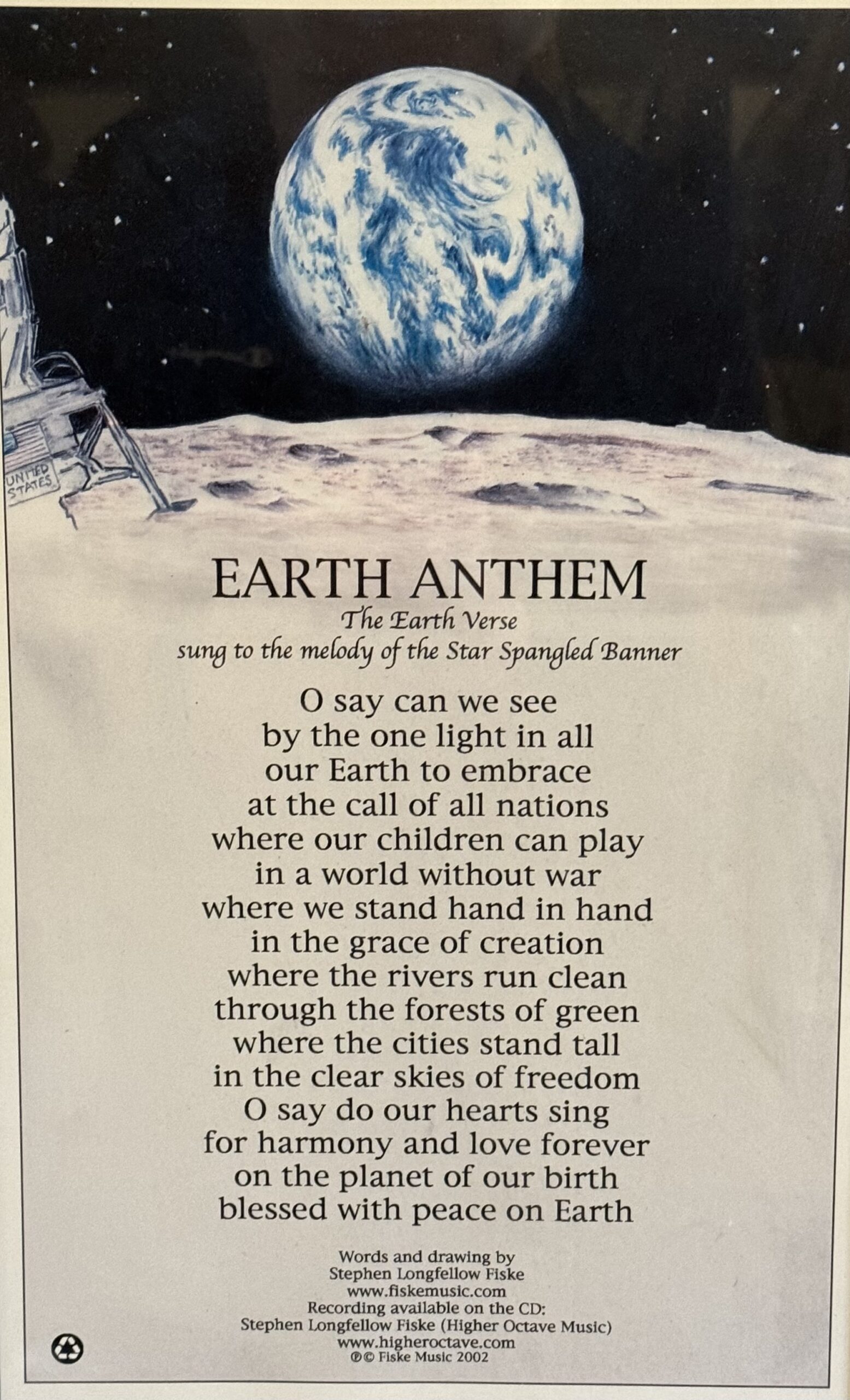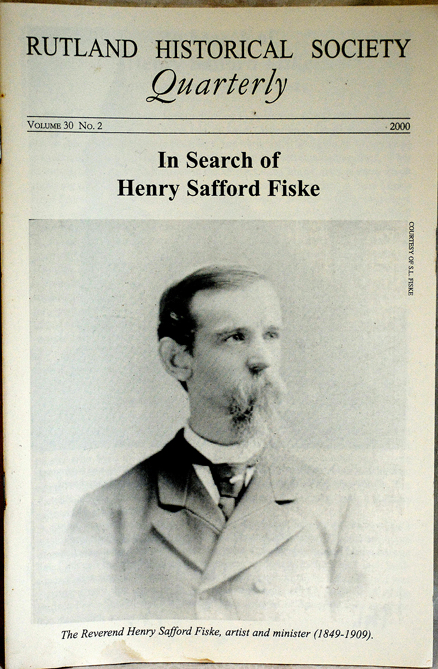Author/Essayist
Stephen has authored the poetic and artistic quality paperback The Art of Peace (New Paradigm Publishing), on the principles of peacemaking. The Art of Peace, which also features drawings by Stephen, offers a valuable antidote to the troubled and turbulent times we live in. Stephen also authored In Search of Henry Safford Fiske, a booklet published by the Rutland (VT) Historical Society, where Stephen researched the life and artwork of his great-grandfather, Henry Safford Fiske, a New England Universalist Minister and landscape artist of the nineteenth century. H.S. Fiske’s works appear in numerous museums throughout New England as well as the Smithsonian. Stephen has written numerous articles and essays, which can be read on his blog. He is currently in the finishing stages of his new book, The Call to Social Integrity and Wholeness: Interfaith, Earth Stewardship, and Democracy. A book of his poetry and selected songs and drawings, Vision Quest, is also in the works.

Earth Anthem
A new verse sung to the melody of The Star Spangled Banner
Words by Stephen Longfellow Fiske
The Evolution of a Song – a Brief History
The song that we in the United States sing as our national anthem, The Star Spangled Banner, was written as a poem by Francis Scott Key on the deck of a small boat on September 14, 1814, during the war of 1812. Key was observing the bombardment of Fort McHenry at Baltimore Harbor by the powerful British fleet. Key, an attorney with a poetic bent, had been sent to negotiate the release of an American physician, Dr. William Beanes, held prisoner aboard the British fleet.
After having already burned the Capital Building and the White House (which was under construction), the British approached Baltimore Harbor, intent on sacking the city of Baltimore. The Americans, however, were well prepared and turned back an invading British land force. The Americans had sunk barges at the mouth of the inner harbor, preventing the British fleet from achieving point blank range for their bombardment. Francis Scott Key was inspired by the heroic American stand, which saved the city of Baltimore and set back the powerful British gun ships. At the sight of the American flag still flying over Fort McHenry after a day and a half of heavy rocket exchange, Key jotted down some lines on an envelope and wrote out the verses when he later returned to shore. The verses were written scanned to a popular melody sung in the American colonies. It was published the very next day on a broadside (handbill) entitled Defense of Ft. McHenry, was tacked on tavern doors, and quickly met with wide public approval.
The melody to which the stanzas were written was that of an English drinking song, To Anacreon in Heaven. Anacreon was the convivial Greek poet whose verses celebrated love and wine, and who became the patron saint of the Anacreontic Society, a gentlemen’s club, whose enthusiastic and bawdy meetings had gained quite a reputation, and from whence the song became popular. To Anacreon in Heaven was sung in taverns throughout Colonial America, and by 1814 was an American standard. To that tune, in 1798, Thomas Paine had written a patriotic verse, Adams and Liberty, which became well known around the young nation.
When Francis Scott key’s verses were tacked onto the doors of Baltimore’s taverns, his song was heartfully sung as a celebration of victory in battle and of national pride. As the popularity of Key’s song grew, the original Anacreontic song, Paine’s version, and other attempts to write verses to the old drinking song (including one by Dr. Oliver Wendell Holmes), were forgotten. Key’s most popular verses, The Star Spangled Banner, became the favorite national song. In 1931, Congress officially designated it as the United States National Anthem.
Now, in the ongoing folk tradition of adding new verses to old songs, visionary singer/songwriter Stephen Longfellow Fiske brings the evolution of a song extolling “bombs bursting in air” to the global perspective of the 21st century where weapons of mass destruction and the insanity of war must become obsolete. In his Earth Anthem Stephen has added a new verse to the old song, transforming a song of war and flag, to a song of peace and global harmony, blending democratic ideals with the imperative of planetary environmental sustainability.
